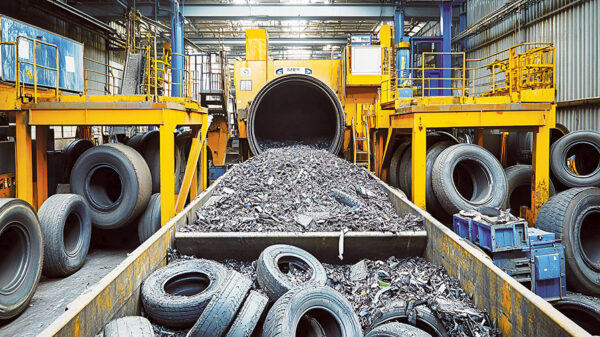The global waste oil market was valued at $ 3,535.3 million in 2017 and is anticipated to expand at a compound annual growth rate of more than 6 percent from 2018 to 2026, according to a new report titled, ‘Waste Oil Market – Global Industry Analysis, Size, Share, Growth, Trends, and Forecast, 2018–2026,’ published by Transparency Market Research.
Waste oil is utilized in waste oil boilers, special space heaters, steel mills, asphalt plants, etc. Re-refining of waste oil requires proper recycling and disposal techniques, which are drawn up by government bodies. This helps avoid illegal dumping of waste oil and protects the environment. A shift in preference toward clean energy is expected to drive the demand for waste oil in the near future. Surge in re-refining activities across the globe has led to significant rise in the demand for waste oil generation. These factors are likely to continue to drive the global waste oil market during the forecast period.
Across segments of the re-refining industry, the demand for waste oil is strongly influenced by wide-scale industrial activities in various developing as well as developed countries.
Rise in concerns about economic recession and delay in projects
Political instability and insufficient funding across the globe are likely to delay or discontinue infrastructure development activities for waste oil recycling and re-refining in the near future. Moreover, in developing countries, automotive activities are likely to be hampered by economic recession, causing delay in re-refining projects. This, in turn, can hamper the demand for waste oil. Rise in concerns regarding the environment is likely to prompt industries to adopt waste oil as a necessary solution in order to gain public acceptance. High installation costs of waste oil plants can be a restraining factor, especially for small-scale industries with inadequate capital.
Lubricants segment to expand significantly
Among types, the lubricants segment holds a major share of the global waste oil market. Lubricants possess the ability to generate surplus amounts of waste oil for use in further processing such as hydrogen distillation and vacuum distillation. Growth of the automotive industry in Europe and Asia Pacific has propelled the demand for waste oil in these regions.
Innovation, quality improvement, and recent developments in pollution control
Studies by the French Environment and Energy Management Agency have shown that combustion of used oil is the best method of re-use of waste oil from the viewpoint of environment protection. Recent researches have highlighted the significance, performance and reliability of the re-refining process. The process ultimately helps in reducing environmental hazards.
Published in the June 2019 Edition






